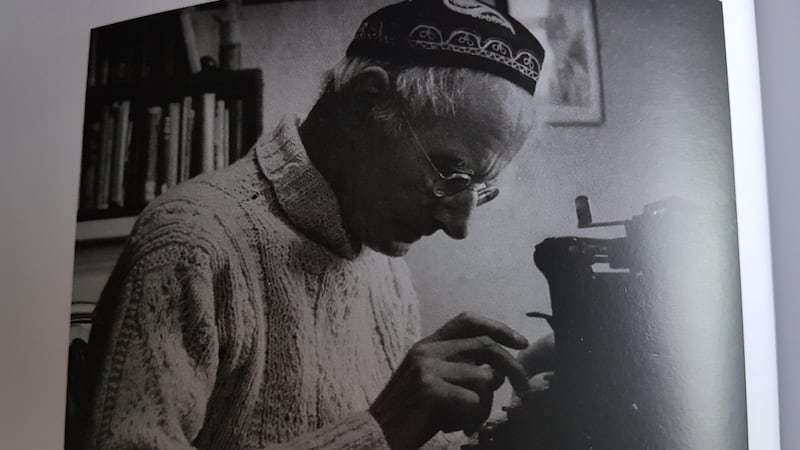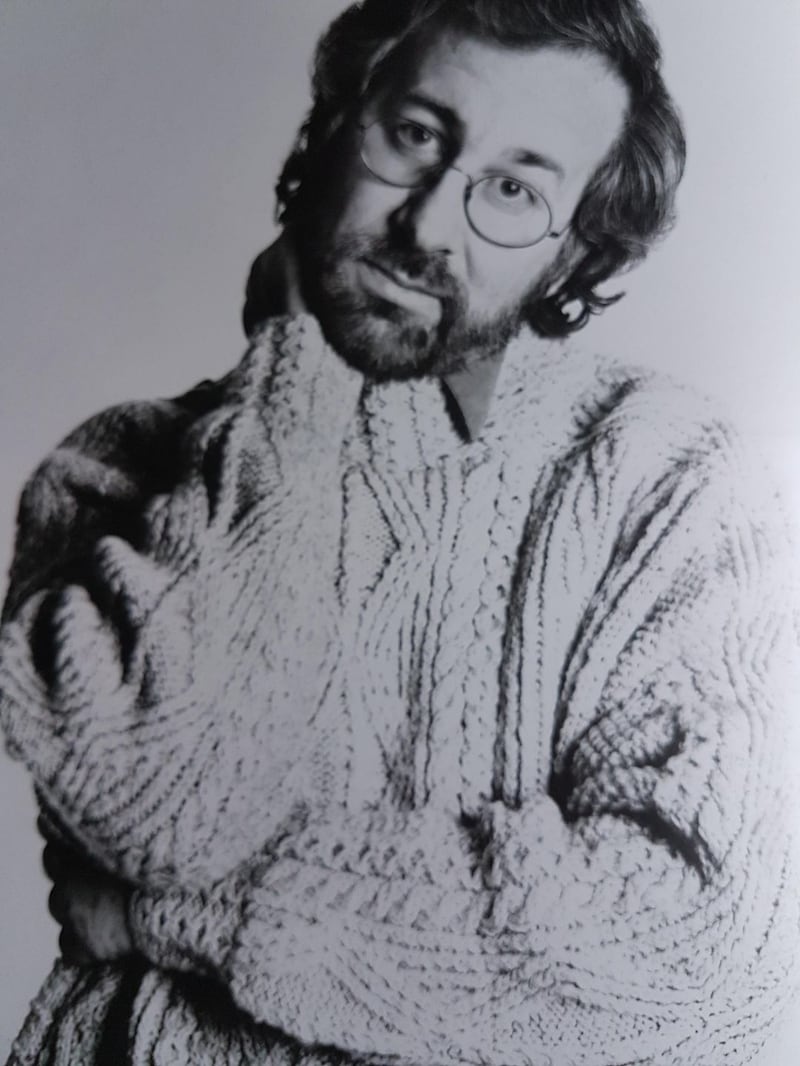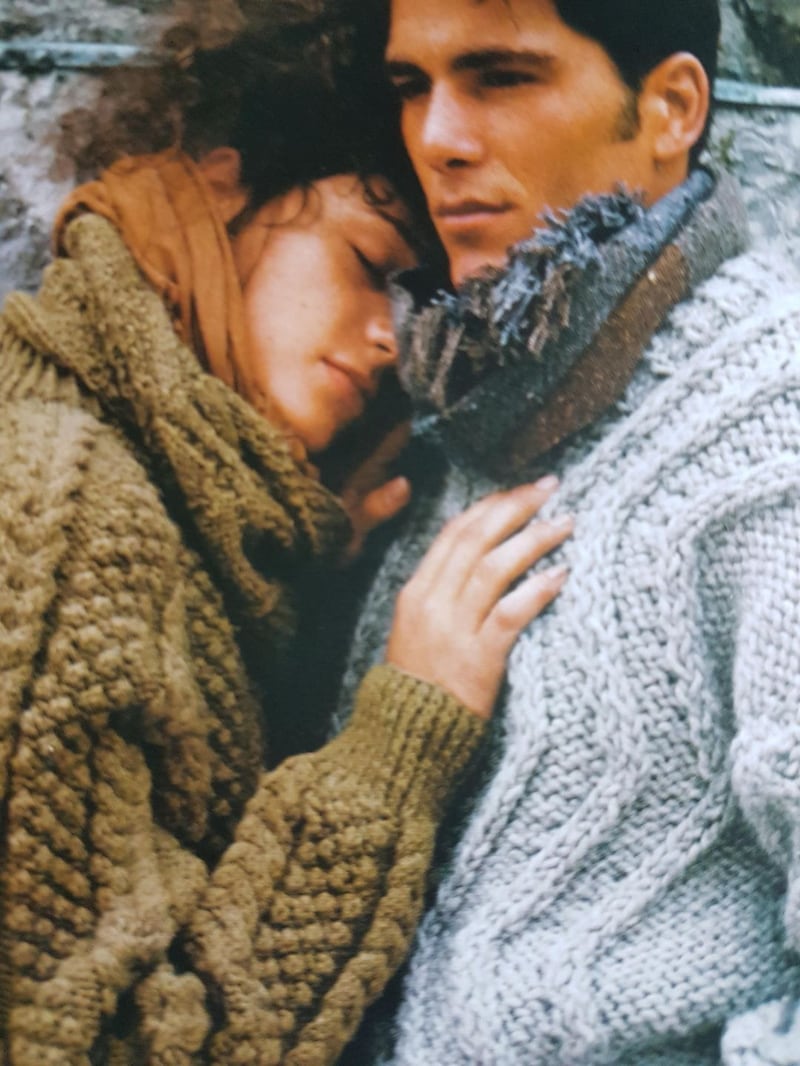When an early Aran handknit from 1941 goes on exhibition in MOMA (Museum of Modern Art) in New York next month it will take its place on a world stage alongside more than a hundred items considered powerful and enduring examples of 20th century clothing and accessory designs.
They include the little black dress, the Breton sweater, the biker jacket, denim jeans and the sari. “Fashion is unquestionably a form of design with its pitch struck in negotiations between form and function,” states the museum.

The first thing to be said about this emblematic piece of Irish clothing from the Aran Islands that will arrive in New York from Mayo’s Museum of Country Life, is to nail the old canard that drowned fishermen could be identified by their sweaters. Tim Robinson wryly noted in Stones of Aran referring to a male model at a Jean Paul Gaultier show in Paris in 1985 decked out in a handknit Aran sweater, tight knit trousers, scarf and cap in snow white wool, “that the outfit certainly would have identified him if he had been washed ashore drowned”.
This pervasive myth no doubt has helped the industry, but has no bearing whatever in fact. The Aran sweater as we know it is a 20th century phenomenon which emerged on the islands somewhere between 1900 and the late 1920s. Unlike Harris tweed whose name is protected and whose tweed can only claim provenance from the isle of Harris, the word Aran is now a generic term used to describe any patterned sweater with relief decorations – a garment that can be made anywhere.

When I was researching the history of the Aran sweater for my book on the subject, the first port of call was UCD’s Department of Folklore. The section on boatbuilding was extensive and thorough, but under cniotail (knitting) there was barely an entry. Women’s work was not considered that important. Yet, studying the early examples of the richly cabled, intricate and decorative handknits of the early 20th century from the Aran Islands is to be awed not only their calibre and beauty, but their mathematical and technical achievement.

To understand the complexity of some of the early handknits is to realise that they were often composed of horizontal lines of some 400 stitches in rough homespun wool in which 12 stitches or 20 rows made up roughly one inch. Each stitch on every row had to be correctly worked to ensure the correct motif. Each pattern such as a cable or diamond had a specific number of stitches which gives some idea of the arithmetic involved let alone the decorative and topographical skills required to arrange and realise a series of designs successfully. And this creativity was within the knitters’ heads and hands, all from memory and not written down or codified until the late 1940s when the first Aran pattern was published by Patons.

The influence of the Aran and its survival as a prime example of good design has been pervasive and widespread – popularised by the Clancy brothers, by images of stars like Steve McQueen, Marilyn Monroe or Grace Kelly in their snow white sweaters. Sean O Casey had his sent to Cornwall from Ireland. In various guises it has been seen on a long line of celebrities – Kate Bosworth, Oliva Palermo, Nicola Roberts and Gwneth Paltrow,Claudia Schiffer to name but a few.

“Aran style” or what the French call “le style irlandaise” remains very much in fashion: Burberry and Valentino last spring drew from it, so did Isabel Marant as does Massimo Dutti in its current winter collection. As part of the exhibition in MOMA leading international artists, designers and engineers have been asked to “respond” to 30 items. In the case of the Aran sweater, the award winning South African knitwear designer Laduna Ngxokolo known for his zany and colourful takes on his native Xhosa traditions, has been selected to create an art piece. The results should be interesting.
Items: Is Fashion Modern runs in MOMA from October 1st – January 28th 2018.





















